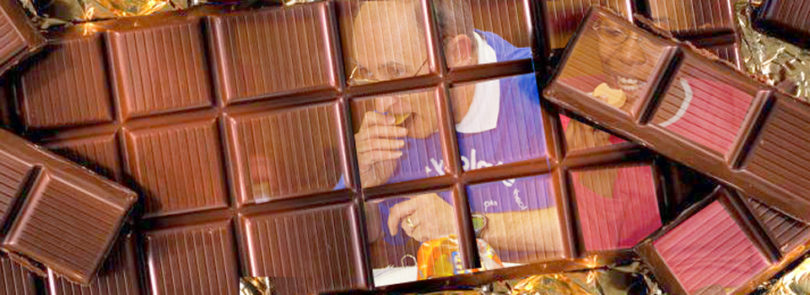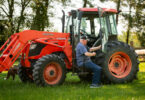A new college student may be a little leery of signing up for a biology or accounting course. But what student wouldn’t warm up to a class called Chocolate Science?
At UGA, food science professor Rob Shewfelt developed the chocolate class to entice students into the world of food science. A freshman seminar, the class meets just one day a week for one hour.
“Freshmen are so great to work with because most of them are genuinely interested in learning, particularly when you find a topic, like chocolate, that turns them on,” Shewfelt said.
,p>In FRES 1010, students get an introduction to college coursework, senior faculty, and an intimate setting. The class is graded on a pass/fail basis where students are simply required to attend and participate in order to pass. For their class project, they collectively design and manufacture a new chocolate product, including the design of the package and its label and an advertisement that will be posted on the class website.
And they do eat chocolate. “Every class, we taste at least three different types of chocolate,” Shewfelt said.
Chocolate motivates the students to sign up. But what’s Shewfelt’s motivation for teaching it?
“Our state needs more food science graduates,” he said. “Virtually every food company in Georgia has one of our graduates working for them and we need more graduates to meet the food industry’s demands.”
Shewfelt hopes the chocolate class will persuade students to consider becoming food science majors or tell their friends, who might then consider food science as a major. The class is beneficial to other majors too, especially business students.
The class textbook is “Emperors of Chocolate” by Joel Glenn Brenner. It details the long-standing rivalry between the M&M Mars and Hershey companies.
“Using this book I can teach the students about business issues such as marketing, corporate culture and consolidation, as well as social issues such as child slavery in cocoa harvesting,” Shewfelt said.
“They learn there are many, many steps between harvesting and packaging,” he said. “And they learn about the many ingredients that go into chocolate.”
Shewfelt uses chocolate, too, to teach students the more serious aspects of food science including the complex steps required to manufacture food, the tests necessary to make sure chocolate is safe to eat, nutritional problems associated with overconsumption of chocolate, and how new and unusual chocolate products are developed.






